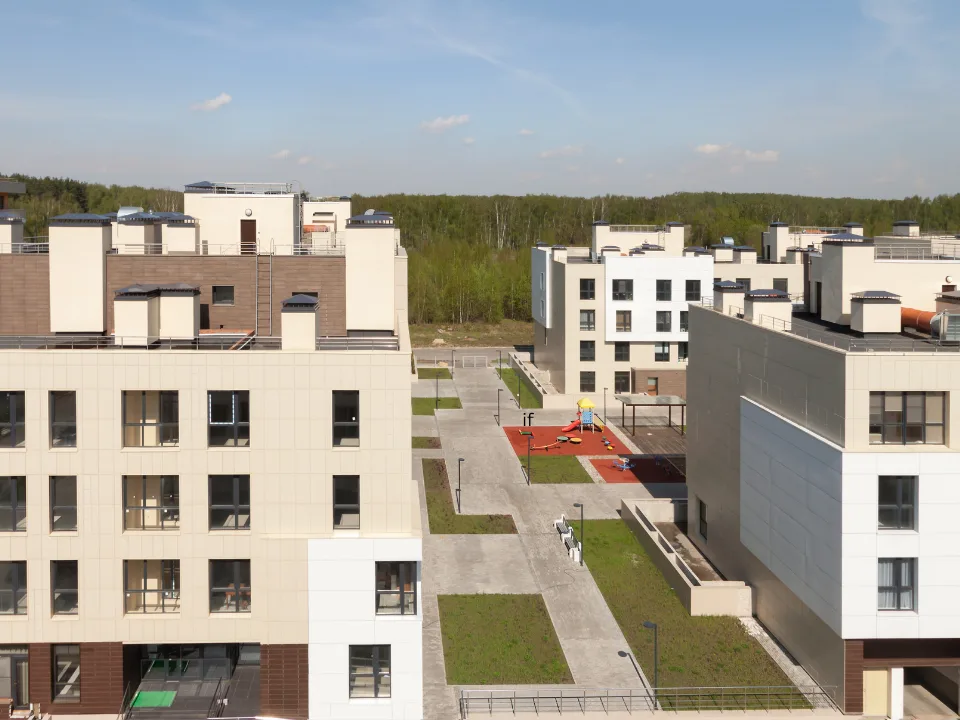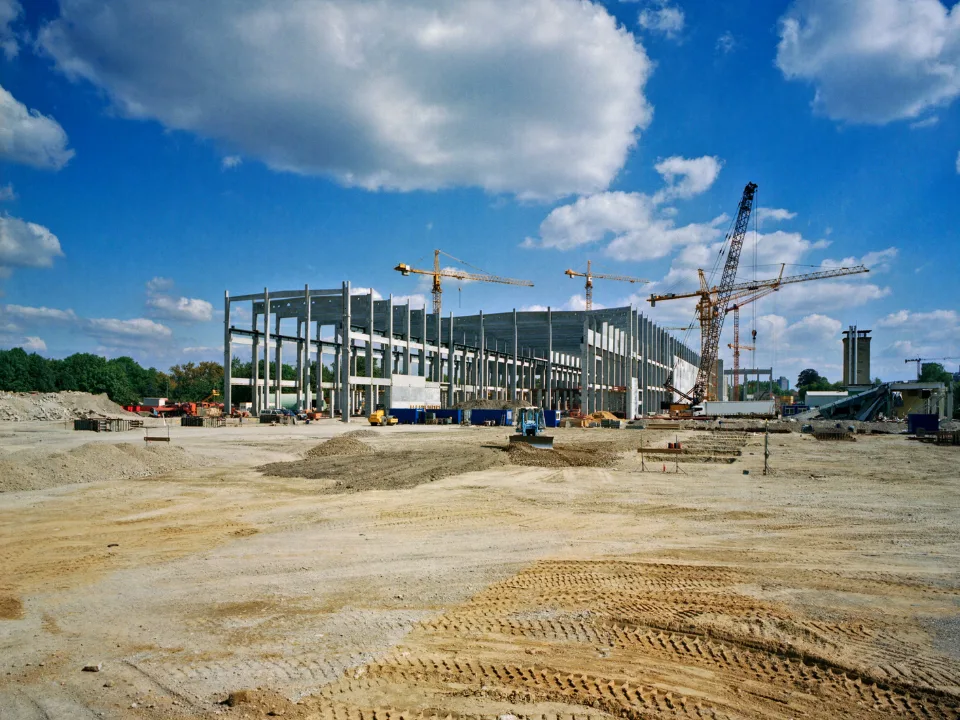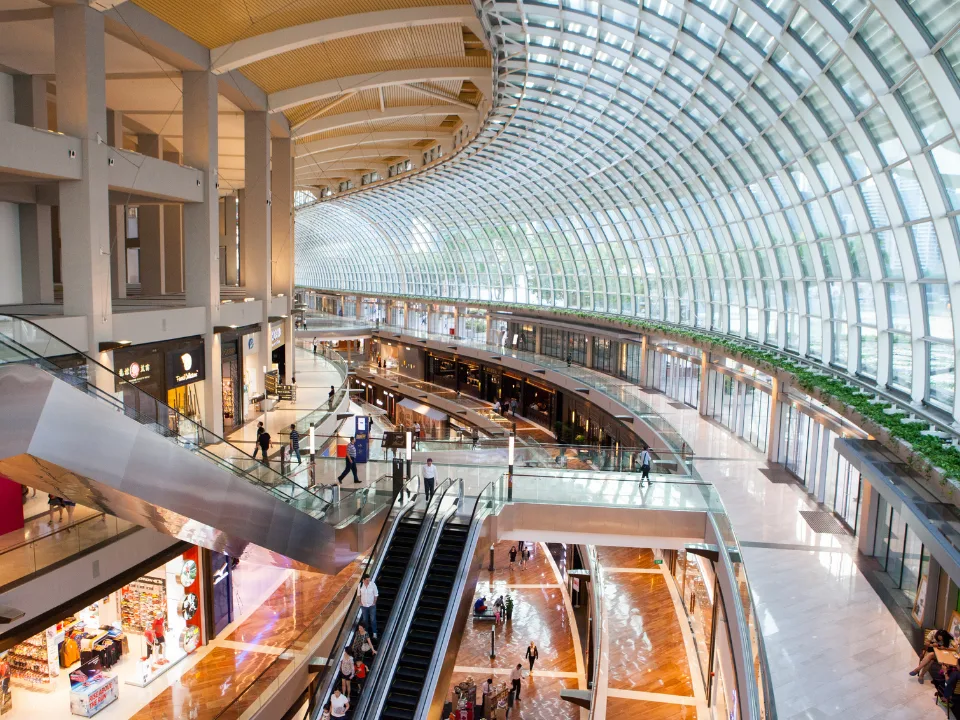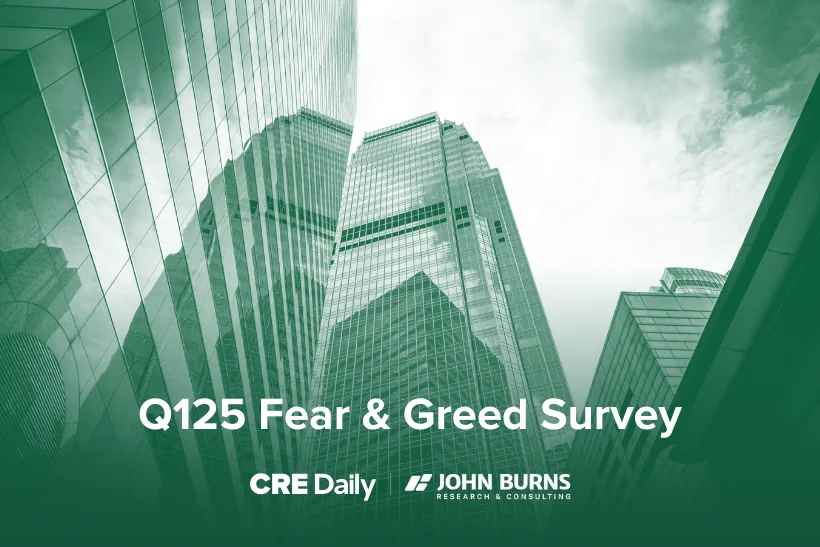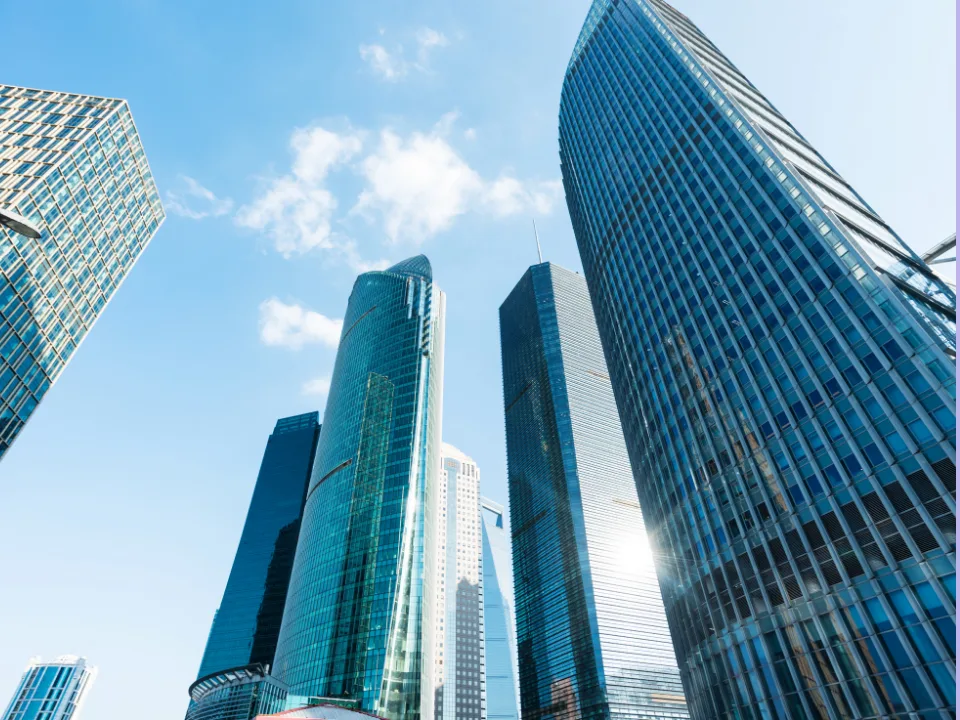- Multifamily rents rose $6 in May to $1,761, with 1.0% year-over-year growth amid strong nationwide demand.
- Occupancy dipped slightly to 94.4% due to ongoing new supply, especially in Sunbelt metros.
- High-supply markets like Austin and Denver are showing early signs of rent recovery.
- Federal tax reforms and revived CMBS activity signal renewed optimism in multifamily investment.
Multifamily Market Steady In May
Despite tariff-driven uncertainty and elevated interest rates, the US multifamily sector held firm in May, reports Yardi Matrix. Rents increased modestly, and while occupancy softened due to ongoing supply pressures, renter demand remained healthy across most regions.
A Mixed Performance
May saw rent increases across several struggling metros. Austin, after losing over $200 in average rent in the past two years, posted a second consecutive monthly gain. Other high-supply markets like Denver, Charlotte, and Raleigh showed similar momentum. Still, annual rent growth remains negative in many of these cities, with Austin down 5.2% year-over-year, followed by Denver (-3.5%) and Phoenix (-3.4%).
Conversely, top-performing markets included New York City (+5.7% YoY), Kansas City (+4.0%), and Philadelphia (+3.4%), which helped keep national rent growth positive.
Get Smarter about what matters in CRE
Stay ahead of trends in commercial real estate with CRE Daily – the free newsletter delivering everything you need to start your day in just 5-minutes
Signs Of Recovery
Month-over-month rent increases were led by Kansas City (+1.0%), New Jersey (+0.8%), and Denver (+0.8%). The national month-over-month rent growth was 0.3%. Even West Coast cities like Portland and San Francisco, which have lagged since the pandemic, saw rents trend upward.
Occupancy And Supply
National occupancy dipped to 94.4%—down 0.3% YoY—as new supply continues to outpace absorption in many markets. Metros like Phoenix, Austin, and Dallas have fallen below 93% occupancy, reflecting their substantial new inventory.
Policy Shifts Fuel Optimism
Recent federal policy moves have contributed to the sector’s positive sentiment. The House passed a bill increasing Low-Income Housing Tax Credit (LIHTC) funding by 12.5%, reducing improvement thresholds, and renewing Opportunity Zones. The Trump administration is also pushing for deregulation in housing construction, potentially boosting affordable development.
Debt markets, including CMBS, showed renewed activity in May after a pause in April, with issuance up 45% year-over-year.
BTR Segment Nears Peak
Single-family BTR rents rose for the fourth straight month to $2,183—just shy of last May’s peak. Leaders included Detroit (+5.0%) and the Inland Empire (+4.9%), though some Sunbelt metros posted declines amid falling home prices and increased supply.
What’s Next
Although short-term risks remain—particularly around tariffs, inflation, and rates—multifamily fundamentals appear intact. As excess supply is gradually absorbed and policy support continues, the sector could see stronger growth later in 2025.
